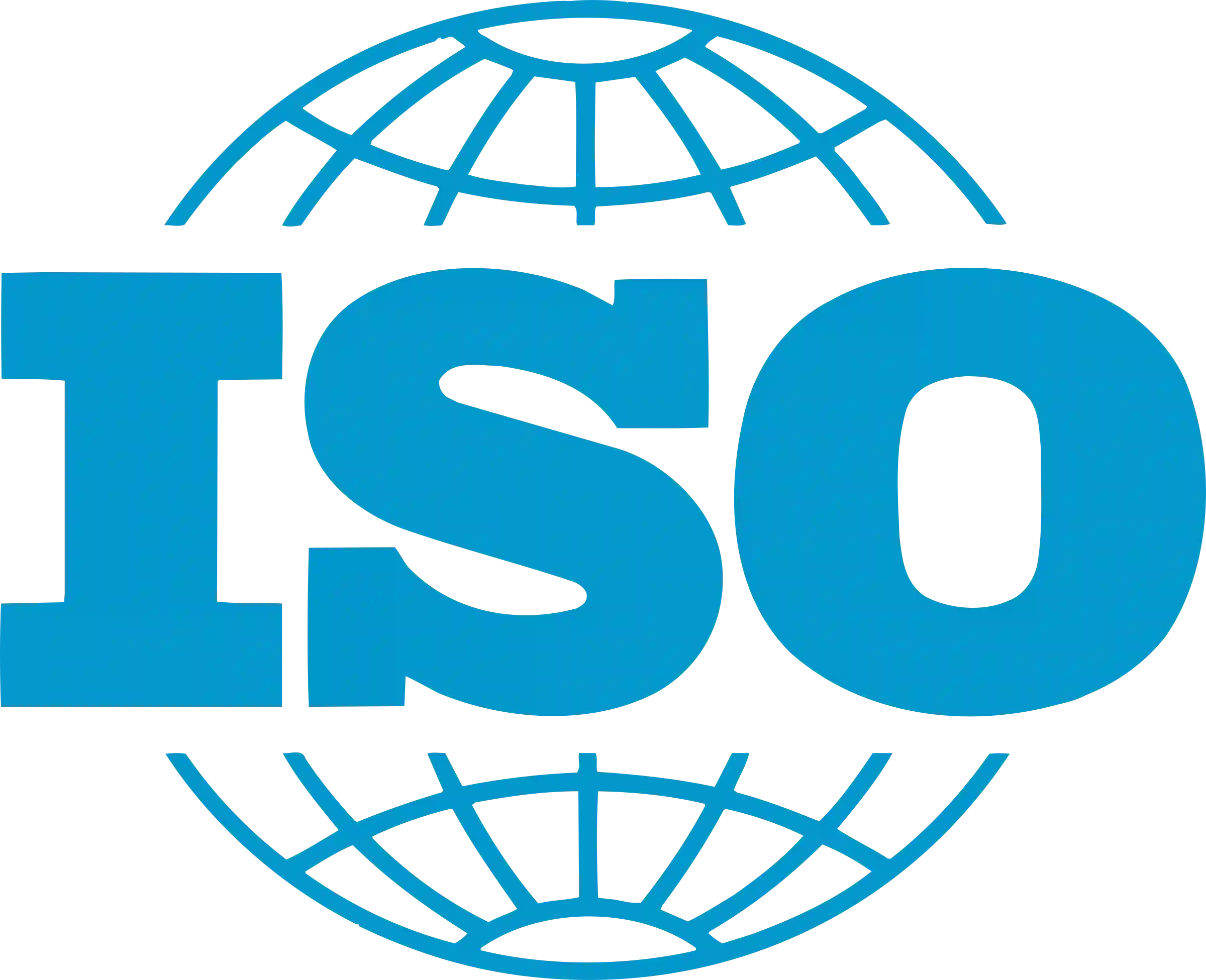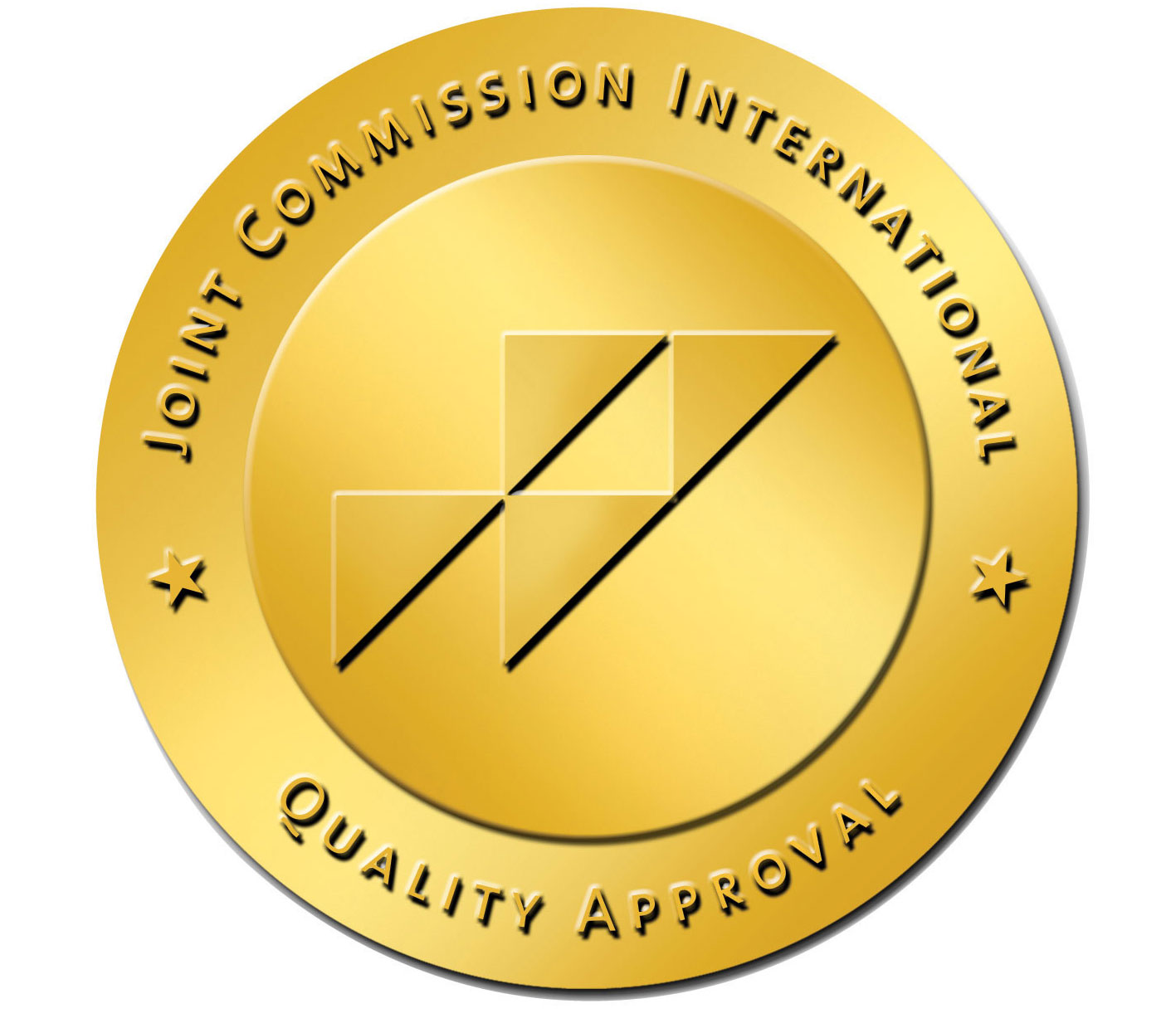
The Benefits of Cardiac Rehabilitation After a Heart Attack
17 Apr, 2023
Individuals who have suffered a myocardial infarction must take measures to prevent the recurrence of such a deleterious event. One avenue to accomplish this objective is through participation in a cardiac rehabilitation program. This program is specifically crafted to assist patients in their recovery from a myocardial infarction, while concurrently mitigating the possibility of future cardiac incidents. The ensuing narrative will delve into the advantages of cardiac rehabilitation, as well as its indispensable role in the convalescence of myocardial infarction survivors.
What is Cardiac Rehabilitation?
Transform Your Beauty, Boost Your Confidence
Find the right cosmetic procedure for your needs.

We specialize in a wide range of cosmetic procedures

Cardiac rehabilitation is an all-encompassing and holistic program devised with the intention of aiding those who have undergone a cardiac event, such as a heart attack, in their journey towards recuperation. Typically executed in a hospital or outpatient context, the scheme comprises various elements, such as exercise instruction, instruction on heart-friendly lifestyle habits, and psychological and emotional assistance and counsel for the post-traumatic impact of such an experience.
The Benefits of Cardiac Rehabilitation
Cardiac rehabilitation offers numerous benefits for individuals who have experienced a heart attack. Some of the key benefits include:
1. Improved Cardiovascular Health
Cardiac rehabilitation endeavors to enhance cardiovascular health, a crucial objective. In essence, this program encompasses exercise training, which has been empirically demonstrated to promote optimal heart function, ameliorate blood pressure, and mitigate cholesterol levels. By participating in exercise, individuals can significantly augment their comprehensive cardiovascular fitness, thereby diminishing the possibility of subsequent cardiac events.
2. Better Management of Chronic Conditions
Individuals who have suffered from a myocardial infarction, commonly known as a heart attack, may also have preexisting chronic medical conditions, such as diabetes mellitus or hypertension. Cardiac rehabilitation programs are often inclusive of instructive sessions on how to effectively manage these comorbidities, which can significantly enhance overall wellness and mitigate the probability of future complications.
3. Reduced Risk of Future Cardiac Events
Participating in a regimen of cardiac rehabilitation has the potential to appreciably mitigate the risk of potential adverse cardiovascular incidents, such as a subsequent myocardial infarction or cerebrovascular accident. This is owing to the program's facilitation of the adoption of salutary habits for the heart, including but not limited to a regime of regular physical exertion, the maintenance of a nutritious dietary regime, and the cessation of tobacco consumption.
4. Improved Quality of Life
Recovering from a heart attack can be a difficult and emotionally challenging process. It can cause a lot of mental and emotional stress, so rehabilitation programs often include counseling and support services to help ease these feelings. These services can improve overall quality of life and reduce the risk of depression and anxiety.
5. Cost-Effective
Cardiac rehabilitation initiatives frequently fall under the purview of insurance policies, rendering them a financially judicious alternative for those who have suffered from a heart attack. Additionally, participation in such a program has the potential to mitigate the risk of future cardiac events, resulting in considerable financial savings in the long term.
How to Get Started with Cardiac Rehabilitation
If you have had a heart attack, it's important to see your doctor and consider joining a cardiac rehabilitation program. Your doctor can give you a referral and help you figure out if the program is covered by your insurance. Additionally, many hospitals and clinics offer informational sessions about the rehabilitation program, which will explain the benefits and prepare you for what to expect during the program.
How can we help with the treatment?
If you're on the lookout for treatment in India, Thailand, Singapore, Malaysia, UAE, and Turkey, let Healthtrip be your compass. We will serve as your guide throughout your medical treatment. We'll be by your side, in person, even before your medical journey commences. The following will be provided to you:
Global Network: Connect with 35+ countries' top doctors. Partnered with 335+ leading hospitals.
Comprehensive Care: Treatments from Neuro to Wellness. Post-treatment assistance and Teleconsultations
Patient Trust: Trusted by 44,000+ patients for all support.
Most popular procedures in India
Atrial septal defect
Upto 80% off
90% Rated
Satisfactory

Coronary Angiogram a
Upto 80% off
90% Rated
Satisfactory
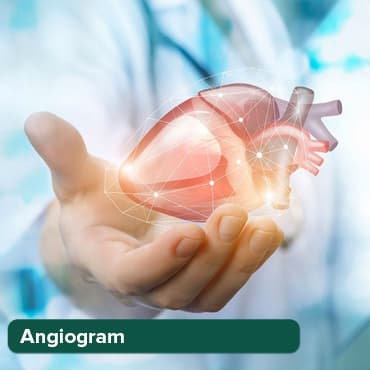
Coronary Angiogram C
Upto 80% off
90% Rated
Satisfactory
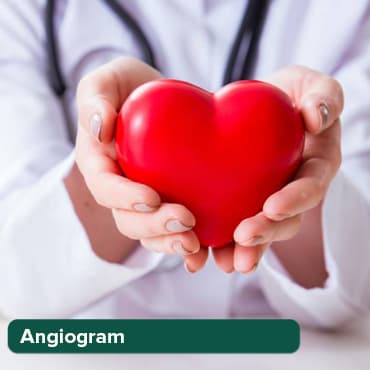
Liver Transplant
Upto 80% off
90% Rated
Satisfactory
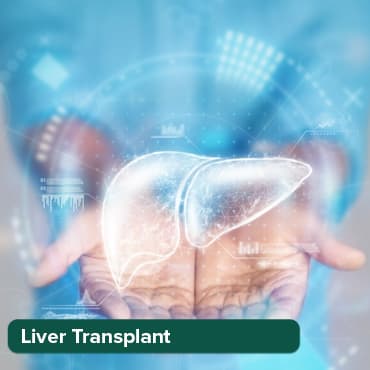
Total Hip Replacemen
Upto 80% off
90% Rated
Satisfactory
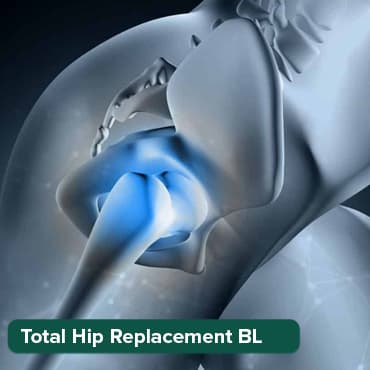
Tailored packages: Access top treatments like Angiograms.
Real Experiences: Gain insights from genuine patient testimonials.
24/7 Support: Continuous assistance and emergency help.
Our success stories
Conclusion
Cardiovascular restoration is an indispensable facet of convalescence for those who have undergone a cardiac arrest. By ameliorating the state of the cardiovascular system, mitigating the probability of prospective cardiac episodes, and dispensing emotional and psychological succour, cardiovascular rehabilitation has the potential to enable individuals to lead more wholesome, contented existences. If you have experienced a cardiac arrest, it is highly recommended to converse with your medical professional about enrolling in a cardiovascular restoration regimen.
Wellness Treatment
Give yourself the time to relax
Lowest Prices Guaranteed!

Lowest Prices Guaranteed!
